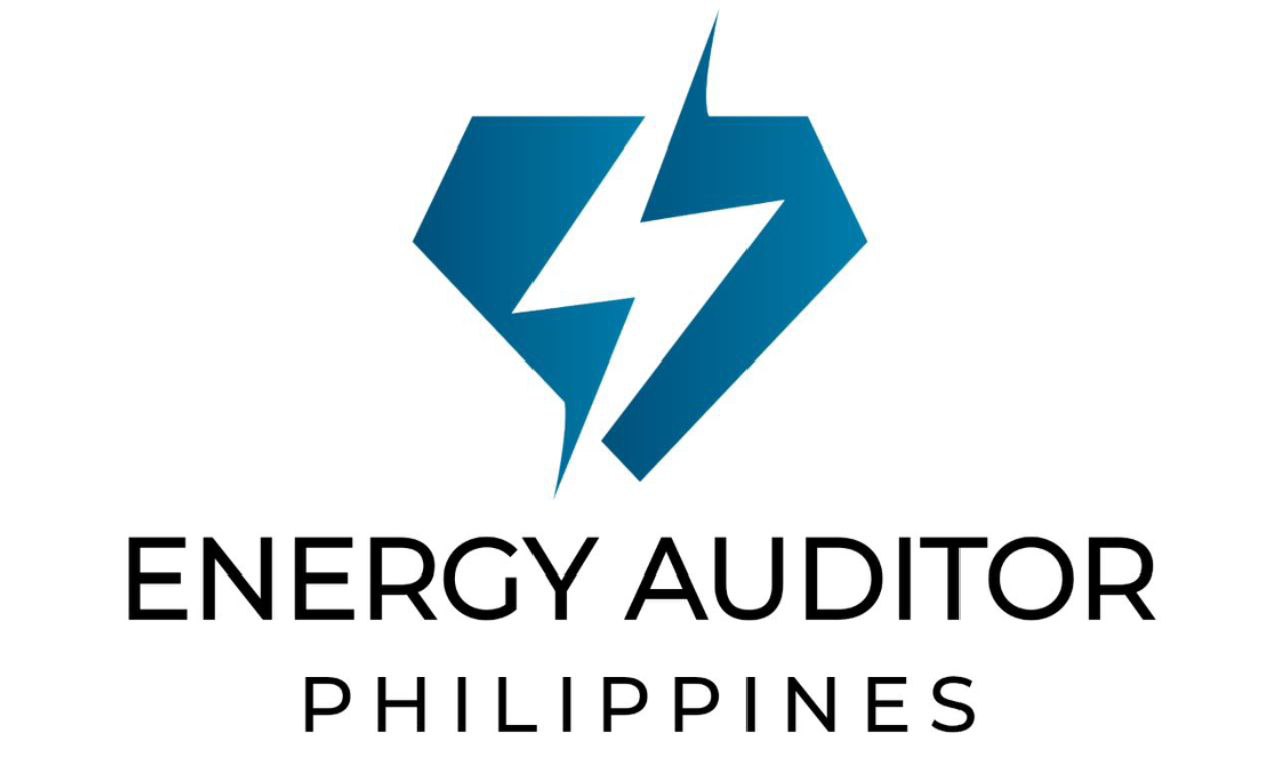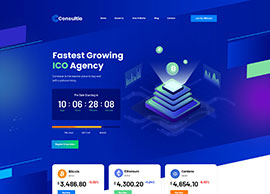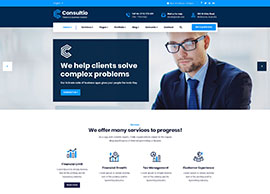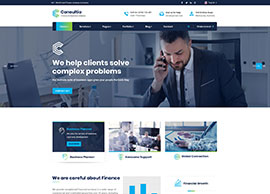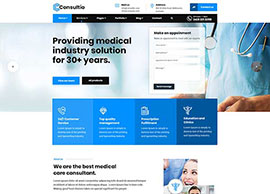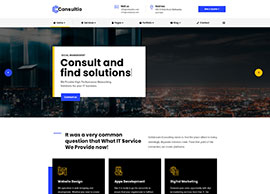Energy Audit Level 1 serves as a fundamental tool in the quest for energy efficiency and sustainability. This article delves into the myriad benefits that organizations can unlock by undergoing Energy Audit Level 1, emphasizing its role in driving cost savings, enhancing operational efficiency, and mitigating environmental impact.
Cost Savings: One of the primary benefits of Energy Audit Level 1 is the potential for significant cost savings. By meticulously examining energy consumption patterns and identifying areas of inefficiency, organizations can pinpoint opportunities to optimize resource usage and reduce utility expenses. Whether through simple behavioral changes, equipment upgrades, or procedural enhancements, the insights gained from Energy Audit Level 1 enable targeted investments that yield tangible returns, bolstering the bottom line and enhancing financial resilience.
Improved Operational Efficiency: Energy Audit Level 1 serves as a catalyst for enhancing operational efficiency across diverse sectors. By conducting a comprehensive assessment of energy systems, processes, and equipment, organizations gain invaluable insights into operational bottlenecks and inefficiencies. Armed with this knowledge, they can streamline workflows, optimize equipment performance, and implement best practices that enhance productivity and competitiveness. Moreover, improved operational efficiency translates into reduced downtime, enhanced reliability, and better resource utilization, thereby fostering a culture of continuous improvement and innovation.
Reduced Environmental Impact: In addition to financial benefits, Energy Audit Level 1 offers organizations an opportunity to minimize their environmental footprint. By identifying and mitigating energy wastage, organizations can significantly reduce their greenhouse gas emissions, conserve natural resources, and contribute to global efforts to combat climate change. Whether through the adoption of renewable energy sources, energy-efficient technologies, or sustainable practices, the actions spurred by Energy Audit Level 1 have far-reaching implications for environmental stewardship and corporate social responsibility.
Empowering Decision-Making: Beyond tangible cost savings and environmental benefits, Energy Audit Level 1 empowers organizations with actionable insights that inform strategic decision-making. By quantifying energy consumption, analyzing performance metrics, and benchmarking against industry standards, organizations can make informed choices about resource allocation, capital investments, and long-term sustainability initiatives. Moreover, the data-driven recommendations stemming from Energy Audit Level 1 serve as a roadmap for prioritizing interventions, setting realistic targets, and tracking progress towards energy efficiency goals, thereby fostering a culture of accountability and continuous improvement.
In conclusion, Energy Audit Level 1 represents a pivotal opportunity for organizations to unlock substantial benefits in terms of cost savings, operational efficiency, and environmental sustainability. By embracing the principles of energy management and leveraging the insights gleaned from Energy Audit Level 1, organizations can position themselves for long-term success in a rapidly evolving landscape. As we navigate the complexities of the modern business environment, let us recognize the transformative potential of Energy Audit Level 1 in driving positive change and shaping a more sustainable future for generations to come.



